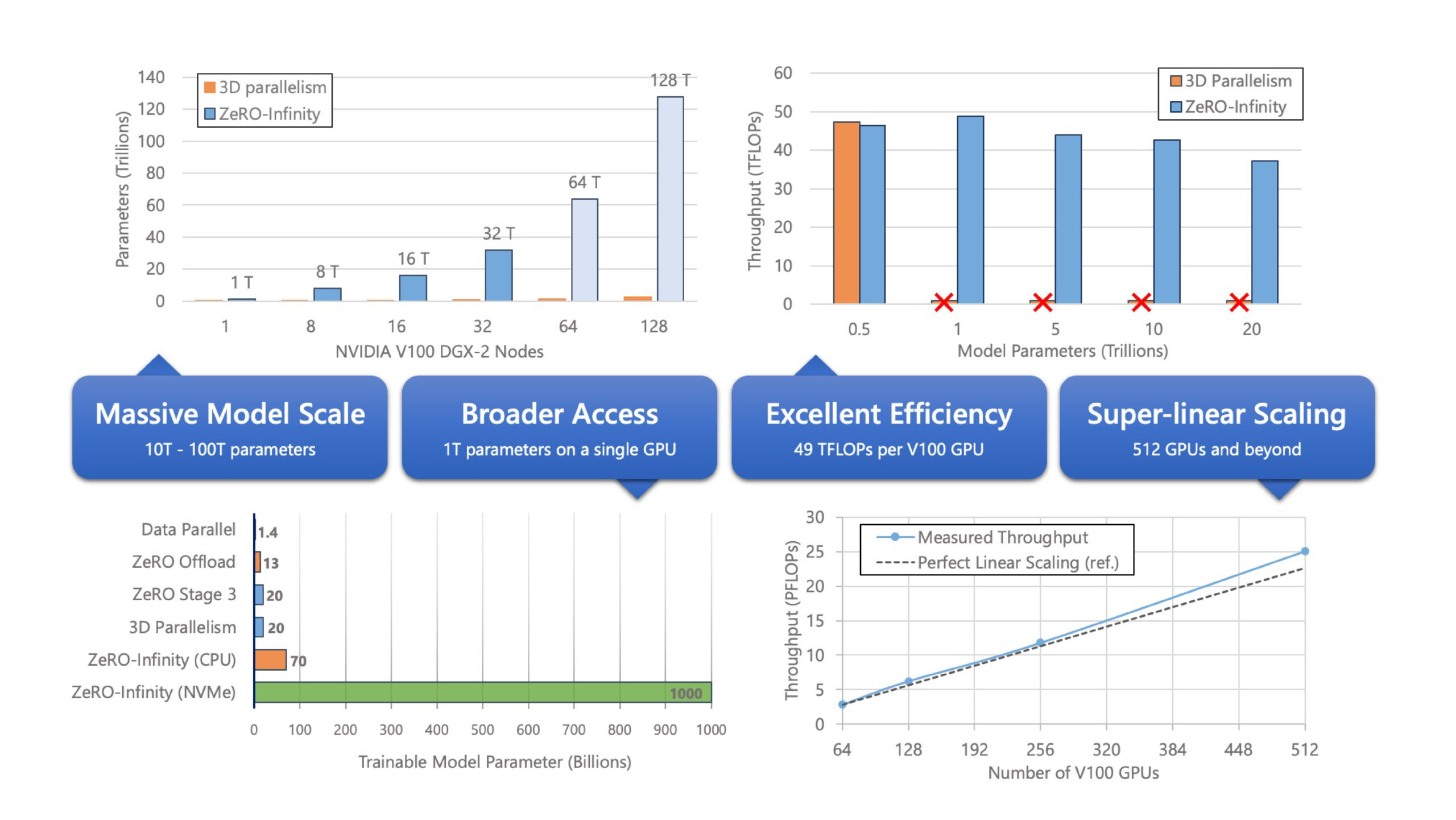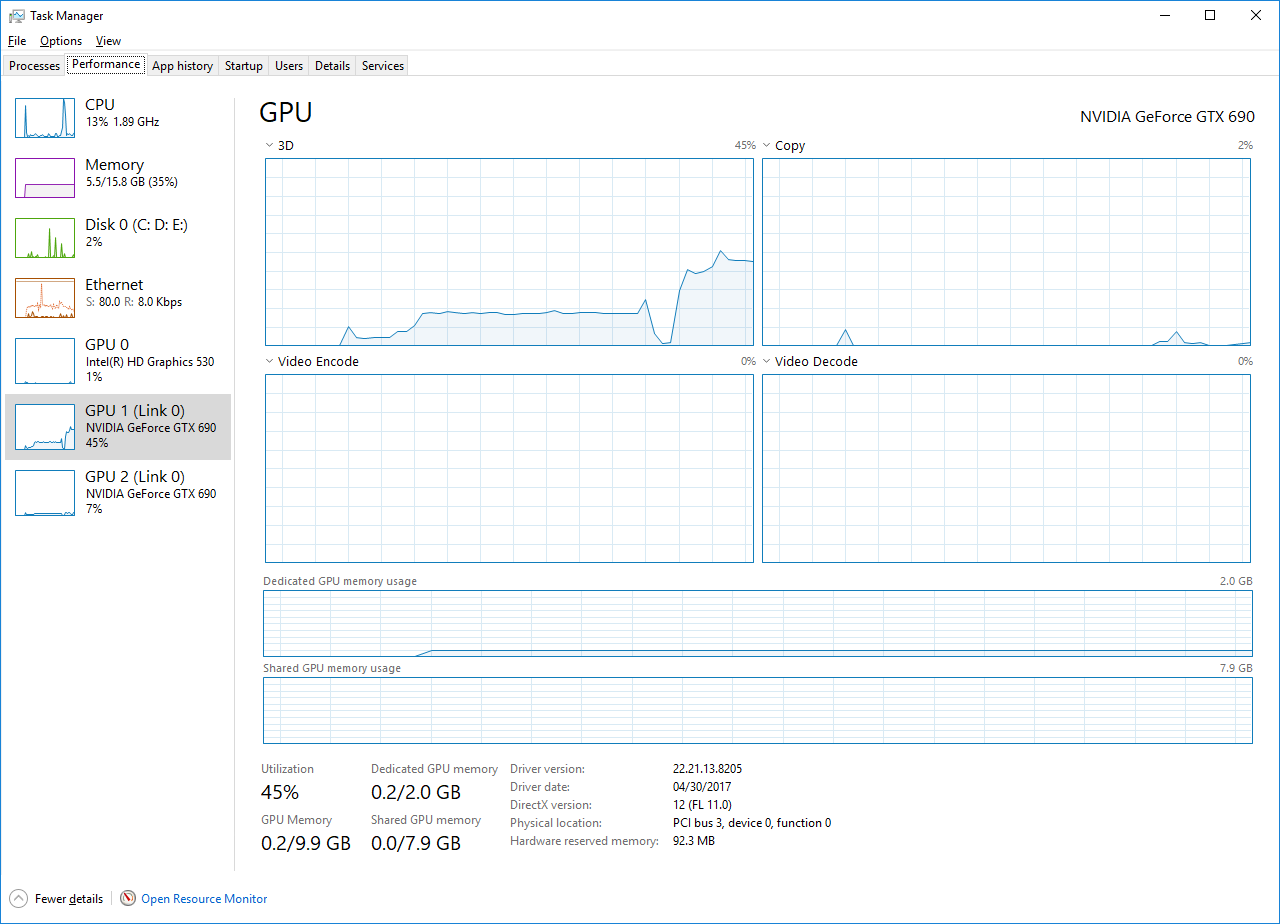As a computer graphics enthusiast, it is frustrating to witness the underutilization of dedicated memory by GPUs.
Common Reasons for Insufficient Memory Utilization

There are several common reasons why a GPU may not be utilizing its dedicated memory fully.
One possible reason is that the graphics card may not be properly seated in the PCIe slot. To fix this, make sure the card is securely inserted and that the locking mechanism is engaged.
Another reason could be that the GPU is not receiving enough power. Check that the power connectors are properly connected and that the power supply is providing enough wattage for the graphics card.
Overclocking can also lead to insufficient memory utilization. If you have overclocked your GPU, try reverting it back to its default settings to see if that improves memory usage.
Additionally, outdated drivers can sometimes cause issues with memory utilization. Make sure you have the latest drivers installed for your GPU.
If you are using multiple monitors, it’s possible that the GPU is allocating memory for each display, leading to reduced available memory. Try disconnecting any unnecessary monitors to see if that improves memory usage.
Lastly, certain applications or games may have settings that limit the GPU’s memory usage. Check the graphics settings within the application or game to ensure that the GPU is allowed to utilize its full memory capacity.
By addressing these common issues, you can improve the memory utilization of your GPU and optimize its performance.
Effective Strategies for Enhancing Memory Performance
- 1. Utilize memory optimization techniques: Implement strategies such as memory pooling, data compression, and efficient memory allocation to maximize the utilization of dedicated memory.
- 2. Optimize memory access patterns: Arrange data in a manner that reduces memory fragmentation and improves cache utilization, enhancing memory performance.
- 3. Employ caching mechanisms: Utilize cache memory to store frequently accessed data, reducing the need for repeated memory fetches and improving overall performance.
- 4. Implement memory prefetching: Anticipate future memory access needs and fetch data in advance, minimizing latency and improving memory utilization.
- 5. Utilize parallel processing: Leverage multi-threading or parallel computing techniques to distribute memory-intensive tasks across multiple cores or processors, enhancing memory performance.
- 6. Opt for memory-efficient algorithms: Choose algorithms that minimize memory usage while achieving the desired computational results, optimizing memory performance.
- 7. Regularly update graphics drivers: Ensure that the latest GPU drivers are installed to benefit from performance enhancements and memory management optimizations.
- 8. Monitor memory usage: Keep track of memory utilization using system monitoring tools and identify any potential bottlenecks or excessive memory consumption.
- 9. Consider hardware upgrades: If memory limitations persist, upgrading to a GPU with higher dedicated memory capacity may be necessary to improve memory performance.
- 10. Seek professional assistance: Consult with experts or professionals in the field to gain insights and guidance on optimizing memory performance for your specific GPU configuration.
Troubleshooting and Resolving Resource Conflicts
Next, check for any software conflicts that may be preventing your GPU from utilizing its dedicated memory. Close any unnecessary programs or applications running in the background. Sometimes, other programs may be using up the memory resources, leaving less available for your GPU.
Another potential issue could be an outdated or incompatible driver. Update your GPU driver to the latest version and make sure it is compatible with your operating system. You can usually download the latest driver from the manufacturer’s website.
If none of these steps resolve the issue, it may be worth considering hardware-related factors. Check if your GPU is properly seated in the PCIe slot and that all power cables are securely connected. Try reseating the GPU or using a different PCIe slot if available.
Optimizing Application Settings for Improved Efficiency

| Problem Description | Possible Causes | Solution |
|---|---|---|
| The GPU is not utilizing its dedicated memory fully. |
|
|
F.A.Q.
What should my dedicated GPU memory be at?
Your dedicated GPU memory should be at least 4GB for light work. However, if you are involved in video editing or 3D modeling tasks, it is recommended to invest in a GPU with a minimum of 8GB of VRAM, even if it is not the latest generation.
How do I force my computer to use a dedicated GPU?
To force your computer to use a dedicated GPU, you can set it as the default GPU for applications and games. This can be done by accessing the graphics settings in your computer’s control panel or system settings.
Why is my GPU not using all of its RAM?
Your GPU may not be using all of its RAM due to a few possible reasons. One possibility is that the workload being processed is not demanding enough, resulting in the GPU not needing to utilize its full RAM capacity. Another reason could be that the GPU is being throttled for some unknown cause. Additionally, certain applications and tasks may heavily rely on shared memory, causing the GPU to allocate more shared memory instead of dedicated VRAM.
Why is my GPU not being used at all?
Your GPU may not be being used at all due to a CPU bottleneck, where the CPU is unable to supply data quickly enough to the GPU. Optimizing CPU code and utilizing asynchronous data transfers can help alleviate this issue.


